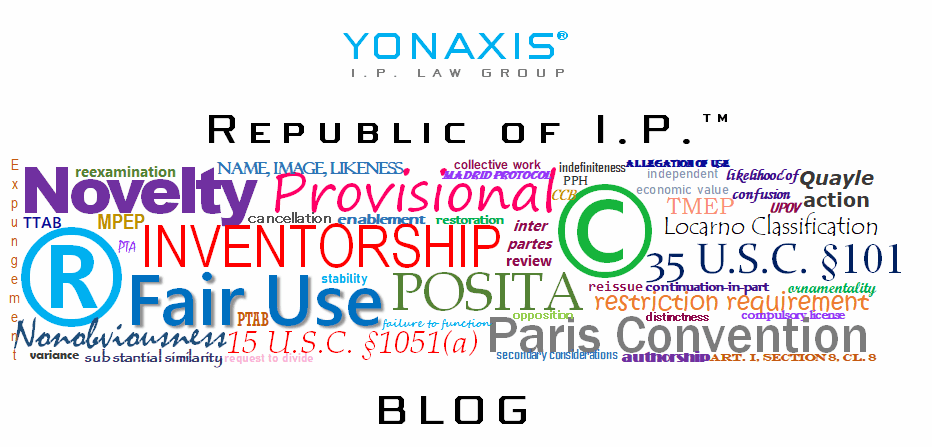The false suggestion doctrine is a limitation on trademark registration, designed to protect the public from misleading associations with recognized entities or symbols.1
Overview
Section 2(a) of the Lanham Act prohibits the registration of trademarks that “falsely suggest a connection with persons, living or dead, institutions, beliefs, or national symbols.” This provision serves as a safeguard against trademark applicants who might attempt to capitalize on the goodwill or reputation of established entities without authorization.
The Notre Dame four-part test2 typically is applied to a false suggestion case:
- The mark must be the same as, or a close approximation of, the name or identity of the person or institution.
- The mark would be recognized as such by purchasers, in that it points uniquely and unmistakably to that person or institution.
- The person or institution named by the mark is not connected with the activities performed by the applicant under the mark.
- The fame or reputation of the person or institution is such that, when the mark is used with the applicant’s goods or services, a connection with the person or institution would be presumed.
Although the false suggestion doctrine is not the same as likelihood of confusion, there are concepts related to both doctrines. First, the facts may indicate that the nature of the goods and/or services in a likelihood of confusion analysis may be relevant to a false suggestion analysis.
The Court of Appeals for the Federal Circuit recently decided In re Thomas D. Foster, APC.3 The appellant Foster had sought registration of US SPACE FORCE with the USPTO but was refused registration. Appellant appealed to TTAB, but the refusal was affirmed, with TTAB holding primarily analyzing the Notre Dame test. Appellant appealed to the Federal Circuit, but again, the appeals court affirmed the decision of the board. Appellant’s mark, US SPACE FORCE, is identical the name of the space force created by presidential order, and based on the media surrounding the order, the mark would be conceived by the purchasing public as that of the space force. Appellant did not challenge the third and fourth prongs of the Notre Dame test, which both went against him during the TTAB proceedings.
The Trademark Trial & Appeal Board (TTAB) also recently decided a false suggestion appeal. In In re Mefona LLC,4 the TTAB found the Examining Attorney failed to satisfy any of the four elements of the Notre Dame test. This was complicated by Applicant’s own misconduct during prosecution which unnecessarily prolonged a TTAB appellate decision to over three years. Notwithstanding, the TTAB found the USPTO failed to demonstrate a prima facie case, including producing sufficient evidence that the consuming public would be mistaken into believing that Applicant’s mark, ENAIRA, would falsely suggest a connection with the Central Bank of Nigeria. The TTAB, therefore, reversed the refusal to register.
The false suggestion doctrine differs with the consumer confusion doctrine in that, rather than protecting against mere confusion about the source of a particular good or service, it protects against the unauthorized exploitation of the goodwill associated with recognized entities. This case reinforces that even when an applicant has a legitimate claim to using elements of a mark (such as their own surname), the false suggestion doctrine can still apply if the overall impression creates an unauthorized association with an established entity.
For more information on the false suggestion doctrine, trademark law, or intellectual property law in general, please contact Yonaxis I.P. Law Group.
- See Bridgestone/Firestone Rsch., Inc. v. Automobile Club De L’Quest De La France, 245 F.3d 1359, 1363 (Fed. Cir. 2001). ↩︎
- University of Notre Dame du Lac v. J.C. Gourmet Food Imports Co., 703 F.2d 1372 (Fed. Cir. 1983). ↩︎
- Case No. 23-1527, ___F.4th___ (Fed. Cir. May 7, 2025). ↩︎
- Ser. No. 97065669 (TTAB May 14, 2025) [non-precedential]. ↩︎
